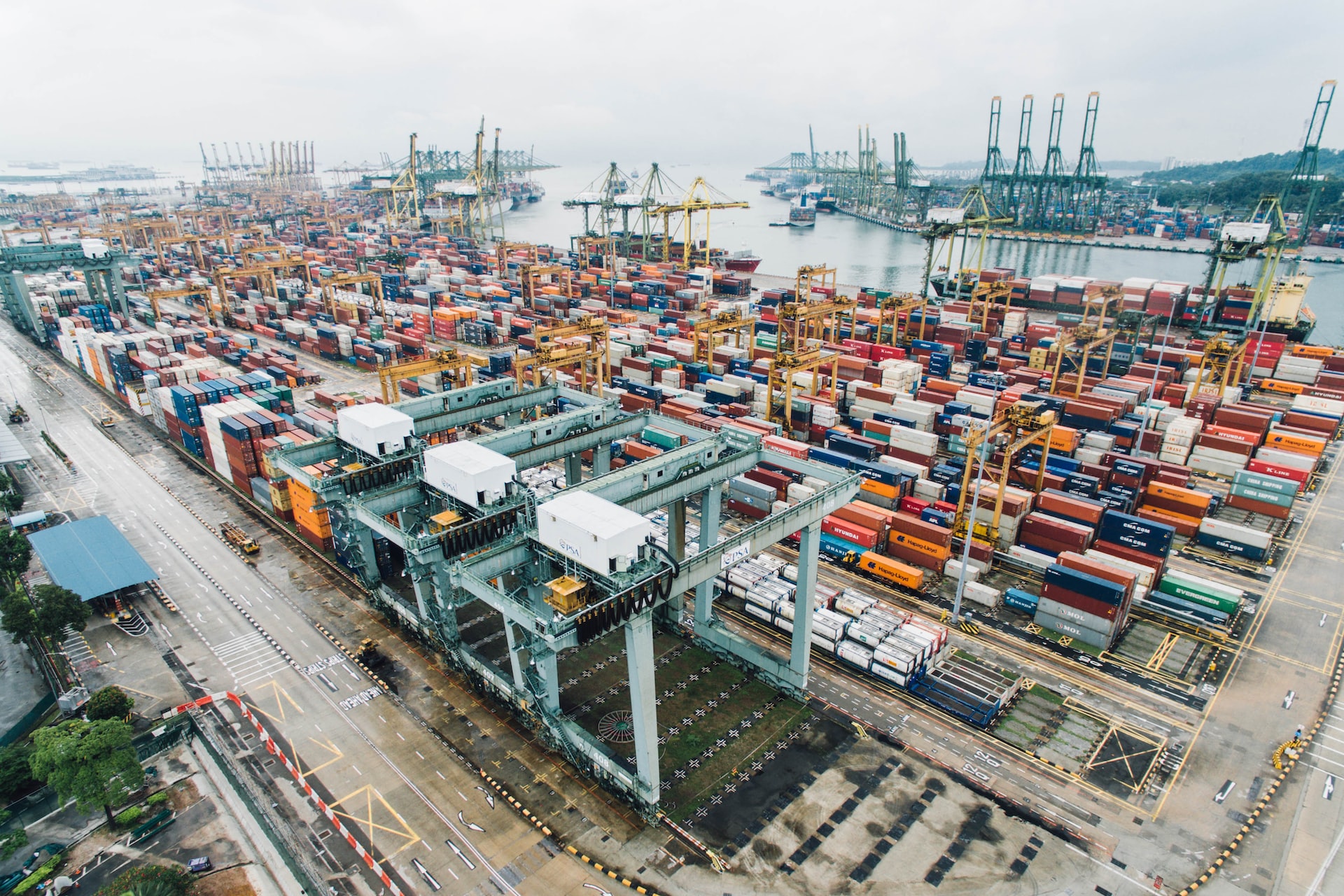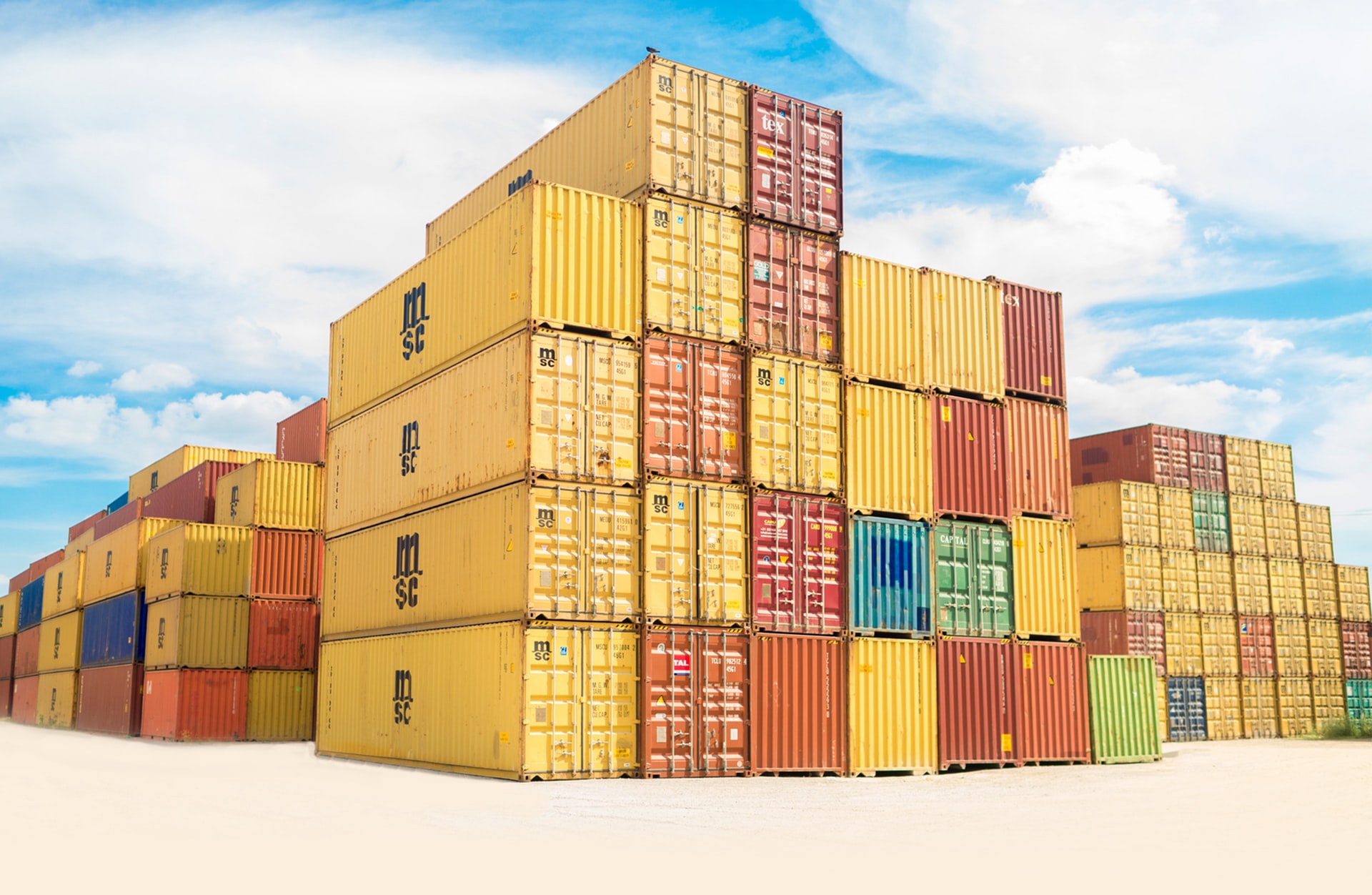What Are Intermodal Freight Containers?
Intermodal containers are nothing new in the supply chain industry. Still, the use of such containers has shifted dramatically in recent history.
And for a good reason - these containers are highly versatile and can be used in many different modes of transport.
They help save time, money, and effort for importers and exporters when appropriately utilized.
In this blog, we’ll discuss everything you need to know about intermodal containers, from their various types to why so many importers and exporters choose to use them.
Let’s dive in.
First Things First: What is an Intermodal Container?
Sometimes called shipping containers or freight containers, intermodal freight containers are used in various modes of transport, from ships to rail to trucks.
They’re popular because they can be moved through various modes of transport without having to unload and reload cargo.
Intermodal containers can also be used to store or transport products efficiently and securely, thanks to their large size and secure construction.
Additionally, about 95% of intermodal containers comply with ISO standards (structural integrity, ability to withstand different weather, and longevity) based on their size alone. As such, they can accurately be called ISO containers.
Intermodal containers come in standard sizes of 20 or 40 feet, making them easy to use on rail, sea, or road.
Currently, intermodal containers are measured in TEU (twenty-foot equivalent units). 1 TEU indicates a container that is 20’ x 8’ x 8’6”, while a 2 TEU container is 40’ x 8’ x 8’6”.

What’s the Difference Between Intermodal and Multimodal Containers?
Sometimes, shippers and freight forwarders use the terms “intermodal” and “multimodal” interchangeably.
While the names are similar, and both methods move cargo, they are NOT the same.
Here’s a quick breakdown:
Multimodal Transportation
Multimodal transportation…
- • Uses a single contract with a single carrier - no matter how many modes of transport are involved.
- • Requires managers to agree to a fixed rate throughout the shipment.
- • Uses various units across different modes.
Intermodal Transportation
Intermodal transportation, on the other hand…
- • Uses various contracts with multiple providers.
- • Allows shipping managers the flexibility to decide on their chosen rates for each contract that occurs.
- • Uses a single transportation unit throughout the shipping journey.
6 Different Types of Intermodal Freight Containers
Broadly speaking, there are six distinct types of intermodal containers. They are as follows:
1. Reefer/Insulated containers
Insulated or refrigerated intermodal containers are designed to function under regulated temperatures.
The containers are insulated from the inside, which allows them to provide the warm, dry storage areas certain goods require. Insulated containers can be used all year long, regardless of climate. Refrigerated containers are used to ship perishable items like produce, meat, medicines and others. These containers maintain their internal temperature (which can range from -65ºC to 40ºC)
2. Dry freight containers
Dry freight containers are the most common type of intermodal container in transport today. In fact, about 90% of all containers used across the globe today are dry freight containers.
These containers are designed to carry a wide variety of cargo with no rigid specifications. The containers are completely airtight and do not feature a ventilation system.
3. Open-top containers
Open-top containers have no roofs. They’re designed to fit large, bulky, or heavy items (like machinery) that don’t fit in a standard, enclosed container.
4. Flat rack containers
Flat rack containers have collapsible sides. As the name implies, the sides of these containers fold to create a flat, rack-like container.
Because these containers also have no roof, they’re ideal for moving tall, wide, or awkwardly shaped materials like machinery, lumber, or pipe lengths.
5. Tank containers
Tank containers, sometimes called tankers, are durable containers designed to transport fluids and powders. Made of corrosion-resistant materials, these containers are suited for transporting even hazardous substances.

What are the Benefits of Using Intermodal Containers?
Wondering why you should use intermodal containers? Here are a few of the primary benefits:
- • Fewer operational hassles. Because they ensure fast, efficient, affordable cargo shipping, intermodal containers reduce operational hassles and make shipping easier all around.
- • Time-savings. One of the most significant benefits of intermodal containers is that you don’t have to load or unload the cargo within them every time they change transportation modality. Instead, you simply load the goods into the container and move the container from truck to ship, for example. This saves you time and allows you to ship cargo faster.
- • Cost-savings. Since intermodal containers don’t require additional operations, they stand out as the most cost-effective containers in the entire shipping industry.
- • Reliability. Your freight is valuable, so your container should be reliable. Fortunately, intermodal containers make shipping efficient, fast, and - yes - reliable. Intermodal containers offer a quicker alternative to over-the-road (OTR) by diminishing roadblocks.
- • Capacity. Intermodal containers allow you to transport large shipments of cargo all at once. This benefits anyone looking to move more goods with less stress.
- • Safety. Because they adhere to strict ISO guidelines, intermodal containers protect against leaking and hazardous contamination accidents. Additionally, these containers can be tracked in real-time. This ensures more container visibility and helps eliminate the black holes often associated with shipping.

The Case for Intermodal Freight Containers
Currently, intermodal containers are the prominent container for the drayage shipping industry.
Safe, durable, efficient, and ISO-compliant, these containers are the perfect solution for discerning importers and exporters looking for a container solution.
Plus, since there are so many different types of intermodal containers, all of which can be used in different transport modes, they’re a highly versatile way for shippers to move goods.
Once you’ve decided on your container, take the next step to streamline and enhance your drayage transport by partnering with Book Your Cargo.
Our team helps teams like yours plan efficiently so you don’t incur demurrage or detention fees and so your cargo gets where it needs to go as quickly as possible.
Ready to learn more about our team or solution? Request a demo today.